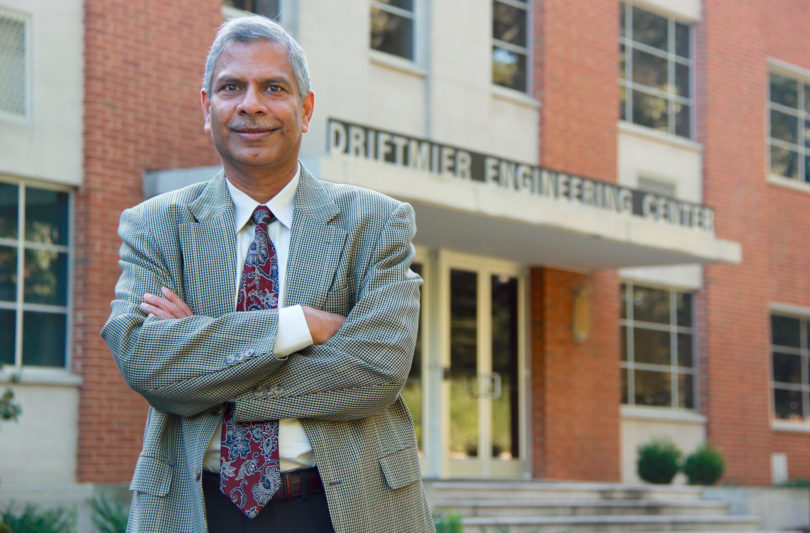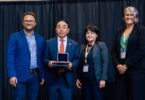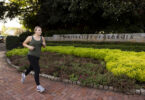Athens, Ga. – Researchers at the University of Georgia and James Madison University want students to draw inspiration from nature as they look for solutions to complex engineering challenges. The two universities have received assistance from the National Science Foundation to develop instructional resources centered on the concept of biologically inspired design, known as biomimicry, in engineering curricula.
The two-year collaboration will be led by Ramana Pidaparti, a professor and associate dean for academic programs in the UGA College of Engineering, and Jacquelyn Nagel, an assistant professor of engineering at JMU.
Nature has developed clever solutions for incredibly complex problems, Pidaparti explained. As examples, a leaf is able to convert sunlight and water into usable energy while a shark’s skin possesses a unique texture that doesn’t allow bacteria and other organisms to gain a foothold. With mankind facing increasingly complicated questions, scientists are turning to the natural world for answers through the study of biomimicry.
“The focus of our project is to provide students with experiences that combine biological concepts with engineering solutions,” Pidaparti said. “We need to look to biological systems that have evolved over billions of years to find answers to engineering challenges of the future.”
Pidaparti believes these bio-inspired design theories can be integrated across the engineering curriculum. The central idea is to show students how nature solves a particular problem and then ask students to mimic or adapt the solution to a design challenge.
“As our challenges become more complex, the solutions are becoming more complex. We often take for granted how complex the natural, biological world is and how it has evolved and adapted,” he said.
Pidaparti and Nagel also believe a bio-inspired design curriculum will help engineering students become better communicators and collaborators.
“As we move into a global future, engineers can no longer isolate themselves and must be prepared to work across disciplinary, cultural, political and economic boundaries,” Nagel said. “Having the cognitive flexibility to not only solve engineering challenges that transcend disciplinary boundaries, but also to communicate, transfer knowledge and collaborate across technical and non-technical boundaries will be essential competencies.”
Bio-inspired design concepts are being integrated into engineering classes this semester at UGA and will eventually become an important component of design courses at the freshman, sophomore and senior levels, according to Pidaparti.
“Effective navigation between the engineering design and biology spaces builds connections that facilitate innovative design and increase engineering students’ creativity and adaptive problem solving skills,” Nagel said. “I’m excited about collaborating with UGA in this research and improving student learning, cross-disciplinary thinking and design innovation.”
The two scientists also say bio-inspired design courses, combining engineering with biology and other natural sciences, have the potential to attract a more diverse group of students who may not consider engineering otherwise.
For more information on the UGA College of Engineering, visit http://engineering.uga.edu/.








